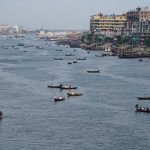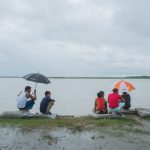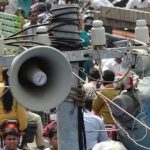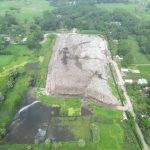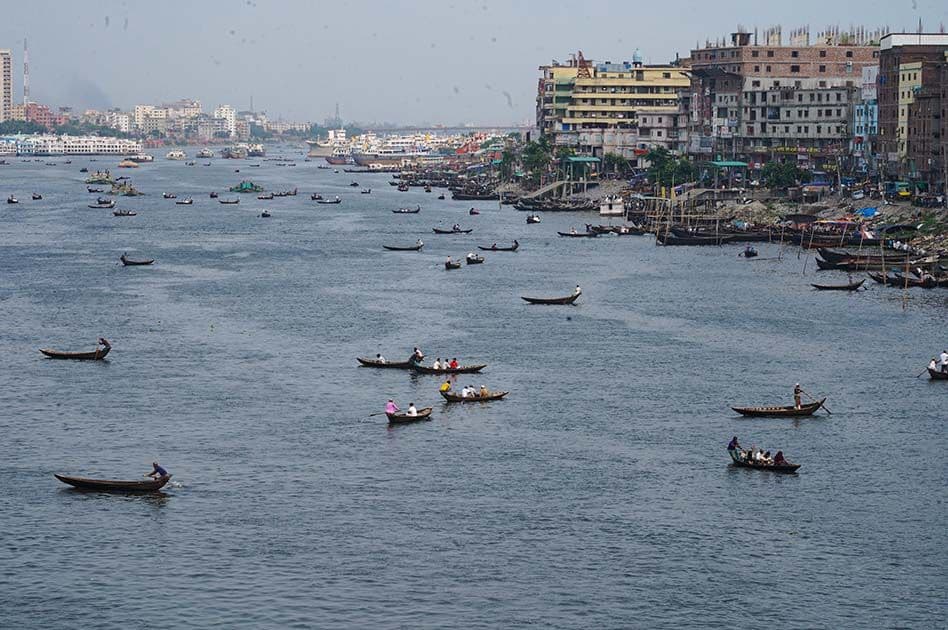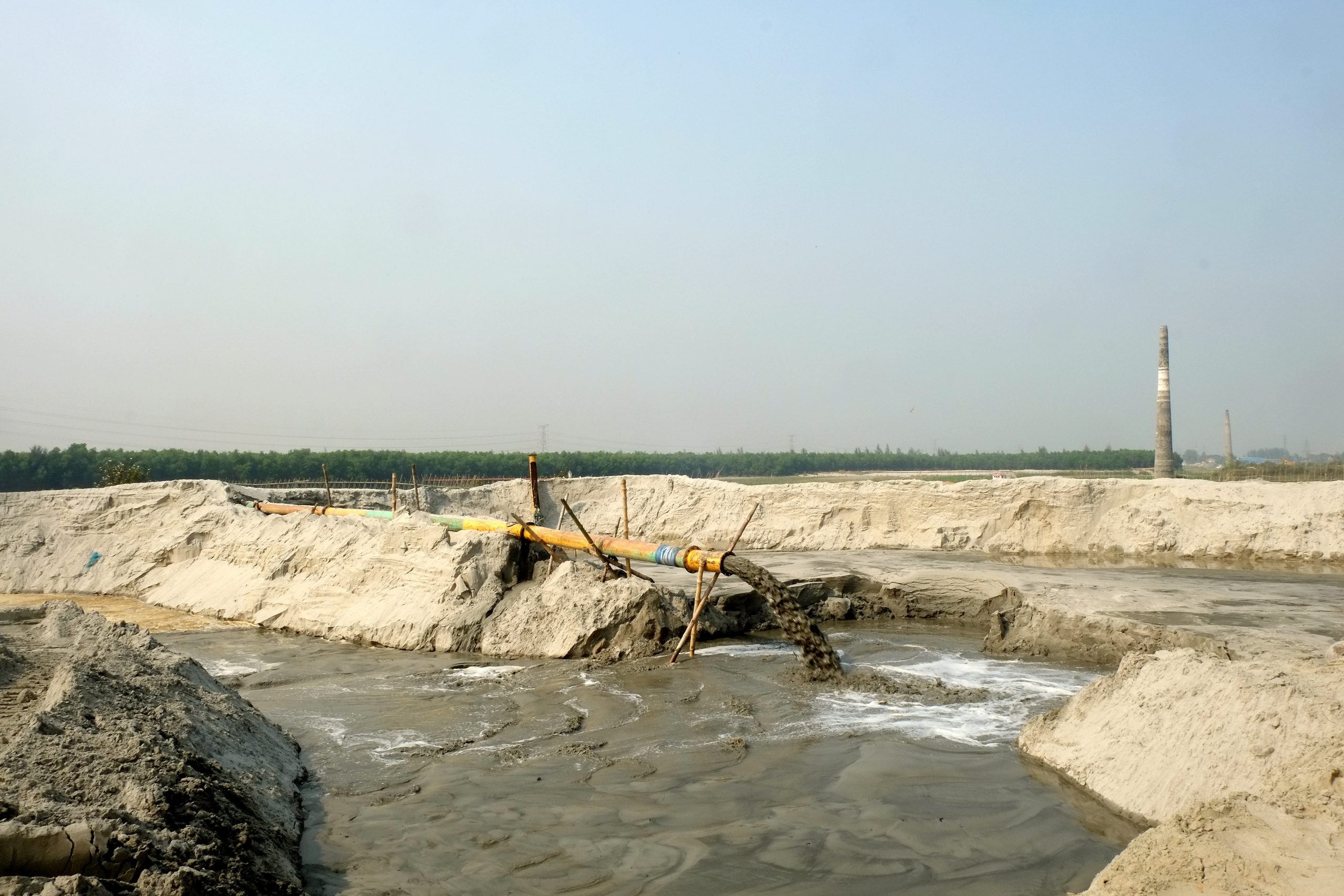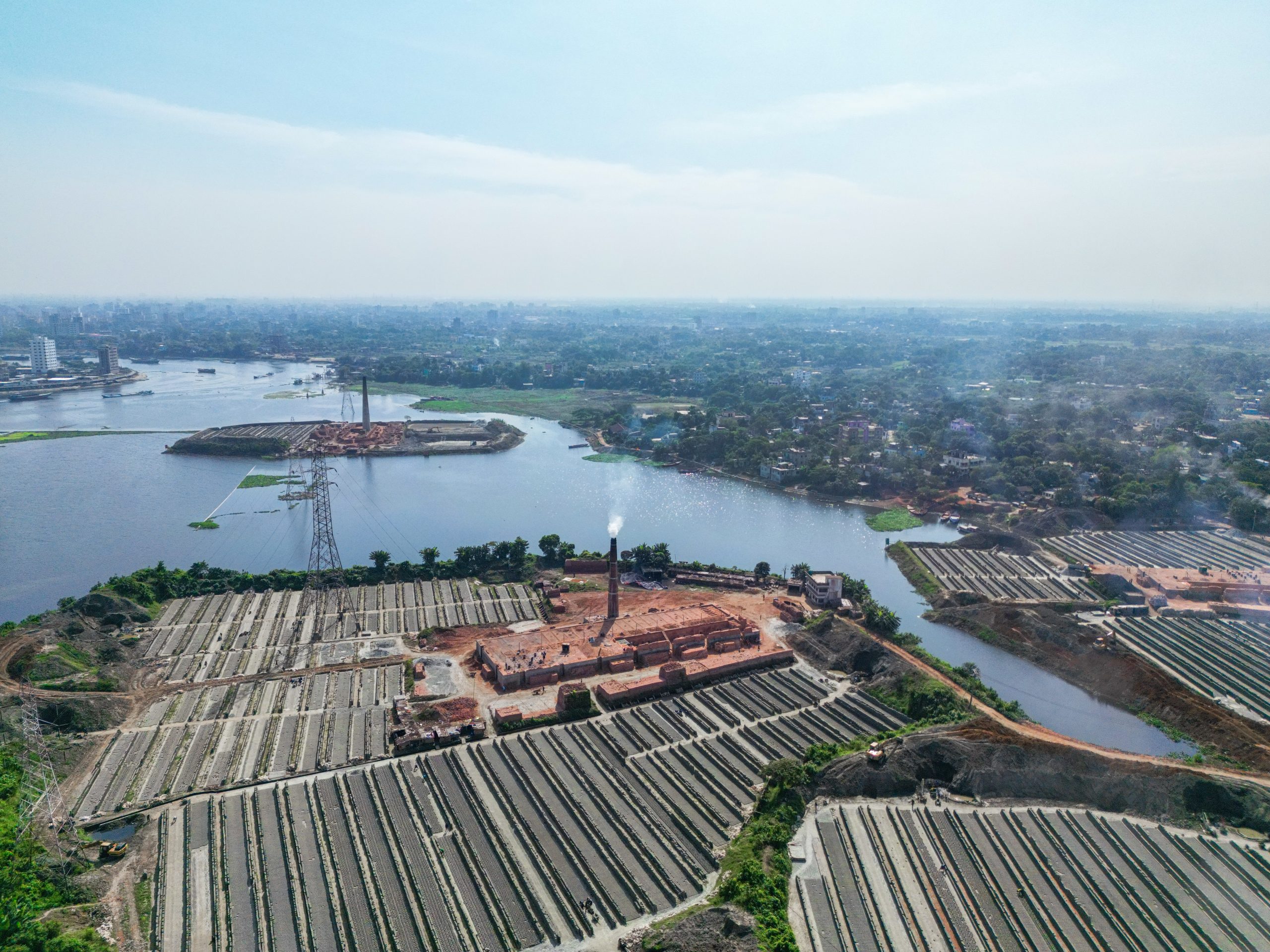Photography and Reporting by Nahid Hasan
The Buriganga River, once the heart of Dhaka’s trade and transportation, now lies choked by years of unchecked pollution. Once a source of life, the river has turned into a toxic drain, threatening both the environment and the health of millions who depend on it.
A River Under Siege
The primary sources of pollution are industrial waste, sewage, and domestic garbage. Over 250 pipelines connected to various parts of Dhaka discharge untreated wastewater and human sewage directly into the Buriganga. According to a report by the Department of Environment, 30-40% of the river’s pollution is caused by these untreated sewage lines.
In addition, tanneries—formerly concentrated in Hazaribagh and now relocated to Savar—have long dumped chemical-laden effluents into the river, including heavy metals like chromium, posing serious threats to aquatic life and human health.
Solid waste from households and markets is another major culprit. Each day, hundreds of tons of plastic, food scraps, and construction debris are dumped into the river. Polythene bags and plastic bottles line the riverbanks, and layers of sludge sit at the bottom, reducing the river’s depth and altering its flow.
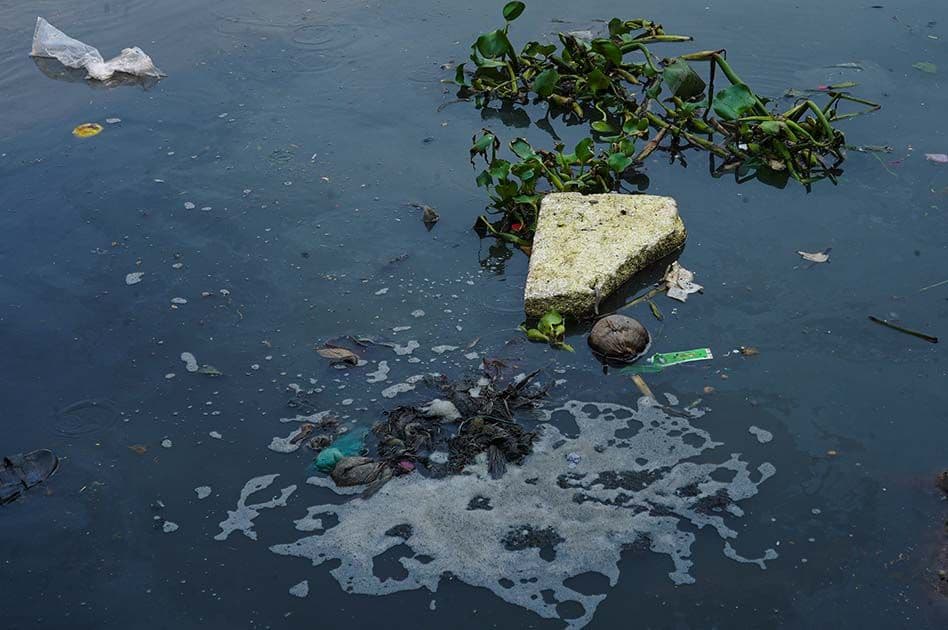
Ecological and Human Impact
Environmentalists describe the Buriganga as “biologically dead.” Dissolved oxygen levels—essential for aquatic life—have fallen far below sustainable levels. Fish, once abundant, have virtually disappeared.
For people living along the river, the consequences are stark. Local residents complain of persistent skin infections, respiratory issues, and gastrointestinal diseases linked to the foul-smelling, contaminated water. Ferry boatmen, who once relied on the river for their livelihood, now work in hazardous conditions.
“I grew up fishing here,” says 50-year-old boatman Jalal Miah. “Now the water is black, and it burns your skin. It’s not a river anymore—it’s poison.”
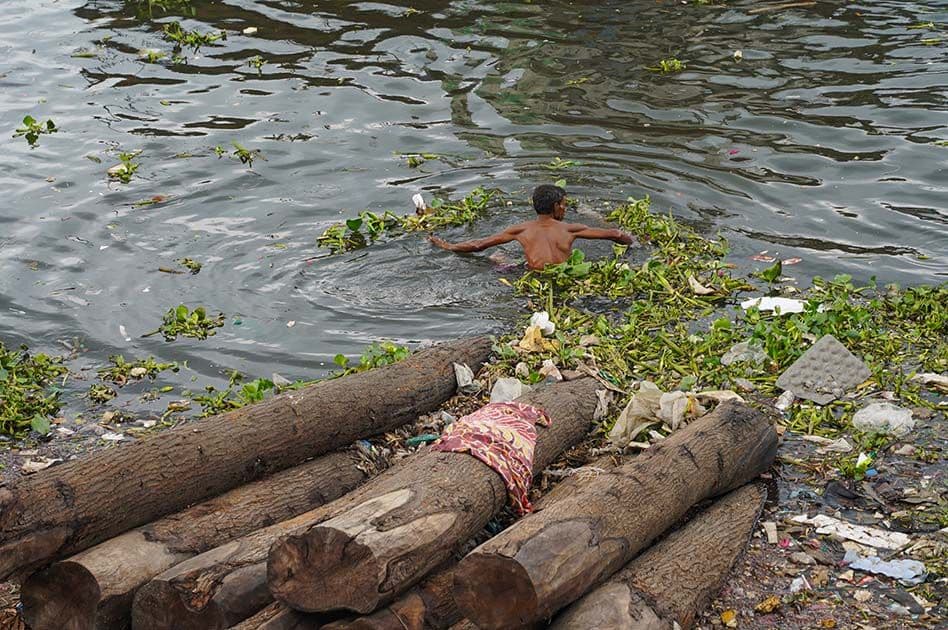
Government Measures and Challenges
In response to mounting pressure, the government has taken several steps. The High Court recently directed Dhaka Water Supply and Sewerage Authority (WASA) to stop sewage from being discharged into the Buriganga through underground drains. The Department of Environment has also fined polluting industries and ordered the installation of effluent treatment plants (ETPs).
However, enforcement remains weak. Many industries continue to discharge untreated waste to cut costs. Corruption and lack of coordination between government agencies have slowed progress.
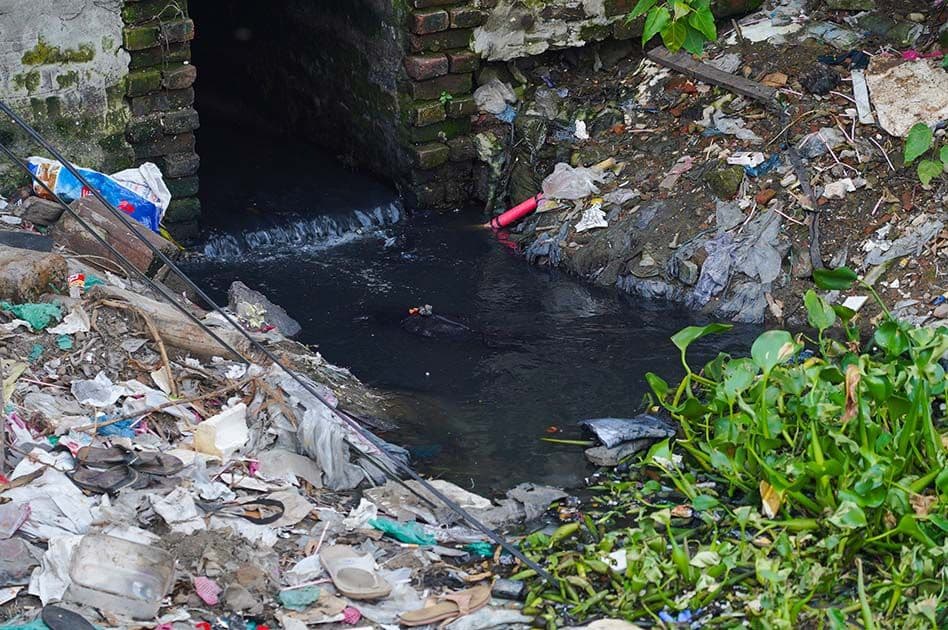
Call for Action
Experts warn that without urgent and sustained intervention, the Buriganga could face irreversible damage. Environmental activist Shamin Hossain says, “Restoring the Buriganga requires a combined effort—enforcing regulations, treating industrial waste, and raising public awareness.”
As Dhaka expands and urban pressure increases, saving the Buriganga is not just an environmental necessity—it is a moral and public health imperative. The future of the city may very well depend on whether this dying river can be revived.
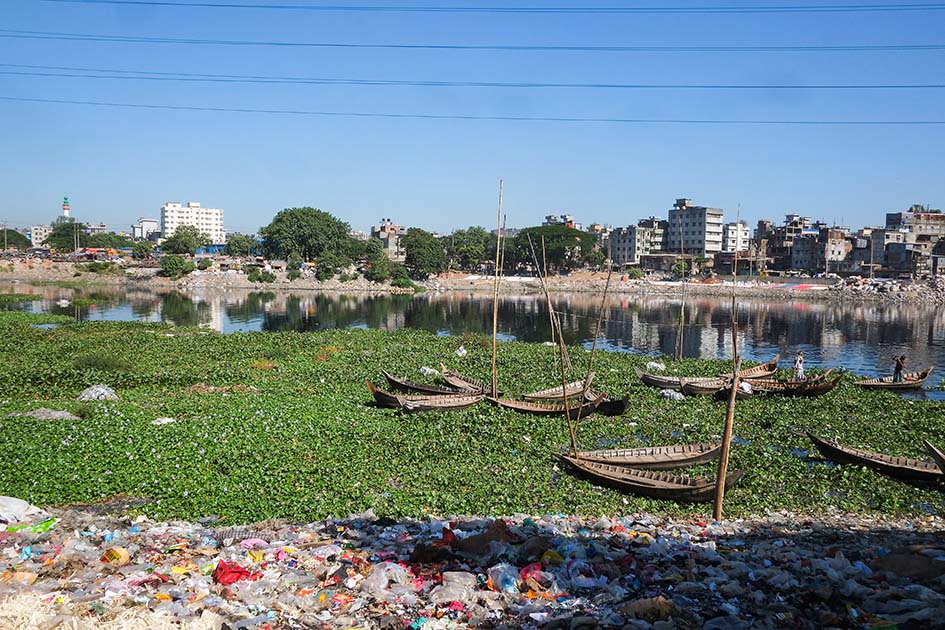
About Author
Nahid Hasan is a documentary photographer, visual journalist, and filmmaker based in Dhaka, Bangladesh.





